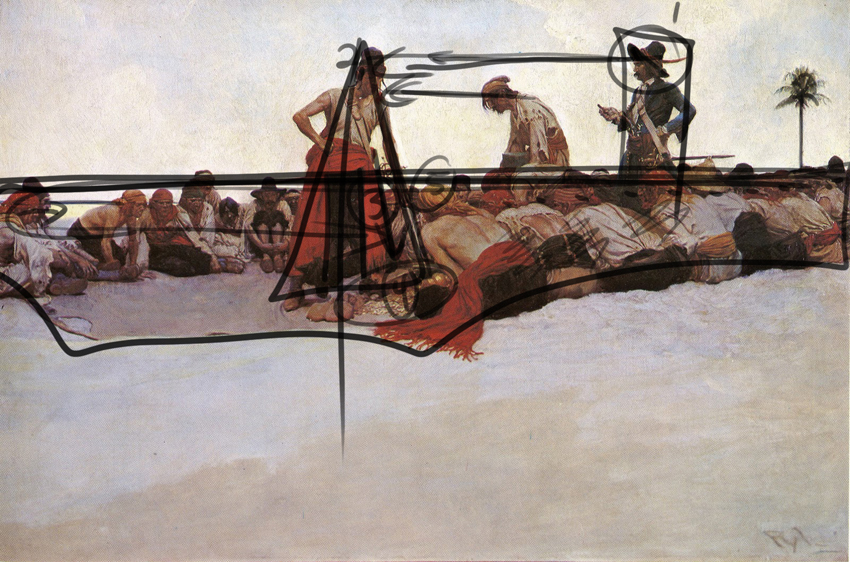Do you know how to tell stories with your images? Whether it be a drawing or a painting, being able to control where the viewer looks first, second and third is crucial for storytelling. A lot of artists don’t even take into consideration where the viewer looks first. Now I’m not talking about a figure drawing, although this applies there too.
I’m talking about a finished piece of art.
A finished illustration, a commissioned portrait as well as fine art for a gallery show. The difference between a beautiful piece of art and one that tells a story is all about controlling the viewers eye. How do you control where the viewer looks first? Well there are many ways, controlling color, texture and edges are a few.
But for today we are talking to value contrast. You control where the viewer looks first by placing a light next to a dark. A lot of artists do this by accident. A person within their painting could have white socks with black shoes. Where do you think the viewers eye is going? You bet, the persons shoes. Unless those shoes are telling a story, you do not want the viewer to look at the bottom of your image first.
Pyle was a master illustrator. Illustrators tell stories usually with one image. It’s hard. But just by utilizing this simple image making technique you gain some sense of control. You can see it right away. The pirate with the dark hat against the empty sky is where the viewer looks first. Now if his hat was a middle tone next to a light middle tone sky, well, you get the picture.
So just remember. To control where the viewer looks first in your image, drawing or painting, place your lightest light right next to your darkest dark. Where you want the viewer to look last, use similar values, middle tone next to middle tone.
Try analyzing some of your own artwork. The first thing you can try is to turn your image upside down. Where do you look first?
Try placing your image on an easel or on the floor leaning against a wall. Now walk at least ten to fifteen feet away, turn around, where do you look first?
Lastly do the same thing, maybe place your image at the end of dark hallway, dim the lights. Which part of your image attracts your eye? If you said the elbow, you need to start rethinking how you approach image making. Everything counts.
If you need help in this area there is help on the way. I put together a package of three Master Class videos. I analyze the work of three incredible artists breaking some of their best images down in detail. You will learn how to incorporate these very cool compositional techniques into your own art.
Plus I made it incredibly inexpensive for you with no monthly commitment.
Thanks for reading. Now get working on telling some really inspiring stories!


Wow….thanks for these words. I have written the lightest light and the darkest dark info down and will post it at my drawing table!
Gerri